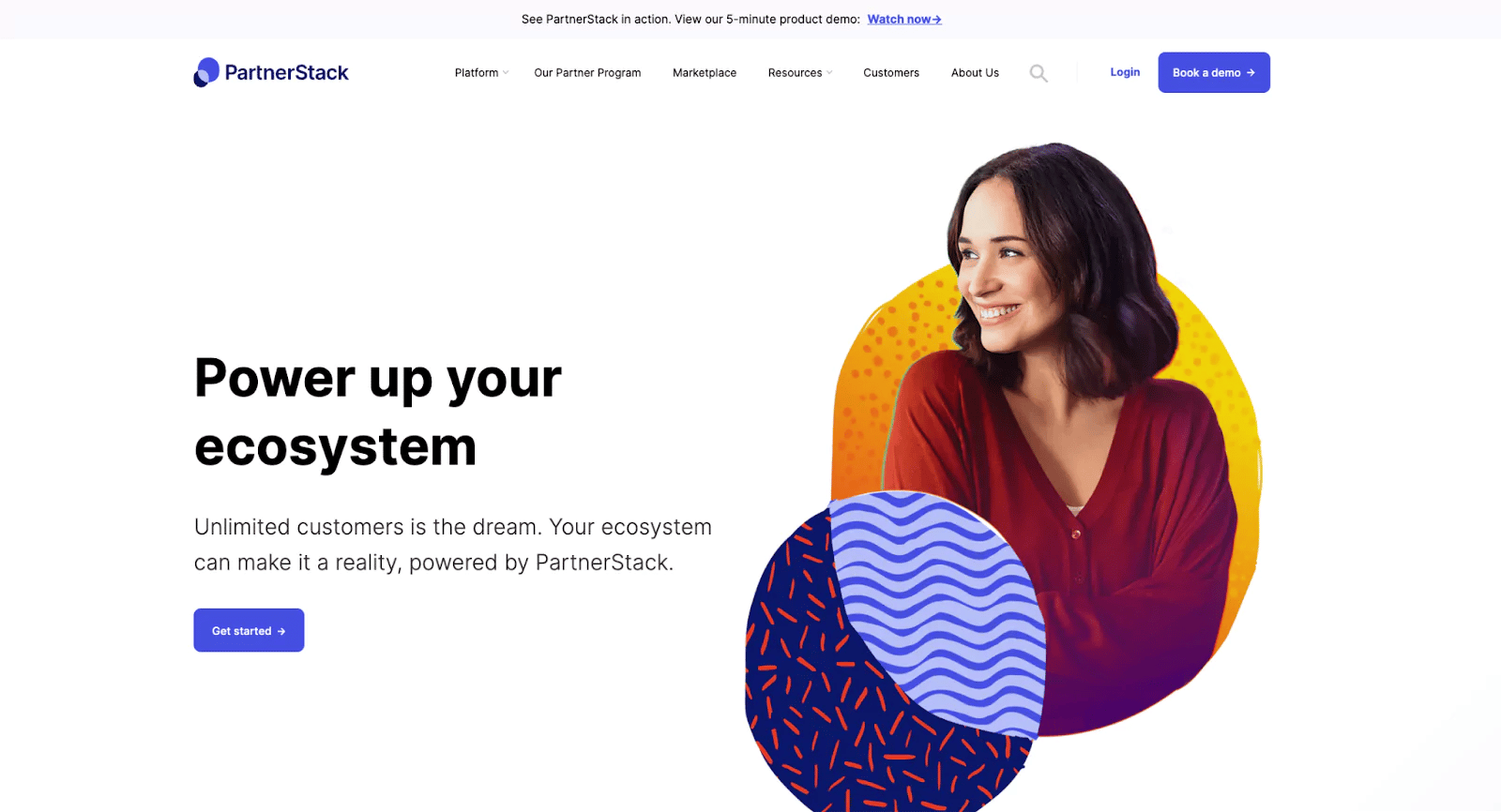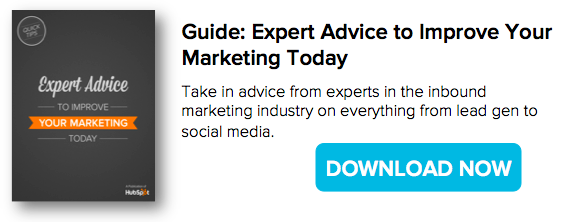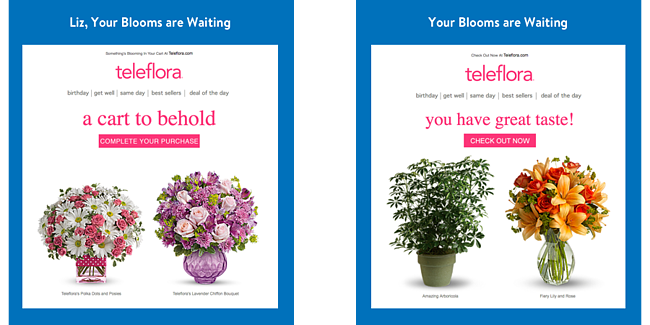10 Little Call-to-Action Tweaks That Could Give Your Conversion Rates a Big Bump

By diana.urban@bookbub.com (Diana Urban)
At HubSpot, we’re constantly A/B testing conversion path elements — landing pages, calls-to-action (CTAs), and emails — to see how we can generate more leads, MQLs, and customers.
Having CTAs throughout your website and blog will certainly help your website visitors find your conversion pages. But are your CTAs effectively capturing people’s attention?
Try to guess which of these two CTAs had the higher conversion rate.
Here’s CTA #1:
Here’s CTA #2:


Ready for the answer?
The winner was #2.
And I bet some of you guessed that the winner was #1. The truth is, you won’t know which CTA is the better performer until you test it — so you’ve got to get started with testing now.
In that spirit, here are 10 tests you can run on your own website to try to increase click-through-rates.
- Test the color of your CTA buttons
- Test text vs. image
- Test the placement of your CTA
- Test static vs. motion-based CTAs
- Test different copy
- Test the button size
- Test time-sensitivity
- Try first, second, and third person points of view
- Personalize CTAs
- Use white space
1) Test the color of your CTA buttons.
Many companies are afraid to go off-brand with the color schemes on their websites. But are your CTA buttons blending in too much with the rest of the page? That might be the case. Test using bolder colors that clash with your regular stylings — it may not be “pretty,” but at least you’ll get people’s attention.
Here are a few download buttons in different colors you can save and try on your website. Click here to download the full set of 140 CTA buttons.





2) Test text vs. image.
Would your website visitors respond better to a text CTA versus an image CTA? There’s only one way to find out. Test it! Here’s an example of three CTAs we’re testing on one of our blog posts right now:
The first variation looks like plain text, with an image download button included. It looks as though the text is part of the blog post itself, rather than an “ad” or “call-to-action.”

The second variation is obviously a “call-to-action,” and there’s a separation between the content …read more
Source:: HubSpot Blog











